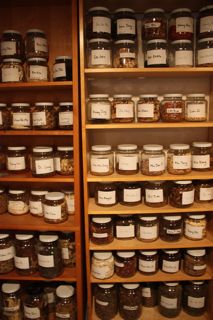 Because I work with mostly geriatric animals, I have come to give a lot of thought to how we work with human family members as they age or become sick.
Because I work with mostly geriatric animals, I have come to give a lot of thought to how we work with human family members as they age or become sick.
It used to be that older family members were a central part of their families and valued for their wisdom and their help in raising the children. Today because families are so fractured and our health care system is so terribly broken, most older people are institutionalized instead. When we institutionalize older people we take away from them their value in society and no longer learn from the wisdom they have to offer. When people are not valued for what they can give, their minds shrink and they began to waste away. I think when people see that they have become a burden on society and their families, they no longer want to live and many of them quickly escape into dementia or death. This is a very difficult thing to face.
Most of the geriatric animals I work with are well loved and cared for. Going one step further, they are an important part of the families they live with and are respected for what they give to their families.
Their human companions will say, “I have learned so much by being here with my dog during his illness and watching how he has lived with illness gives me inspiration for how I want to live my life.” People often express that their love for their animal companion is so strong that it is a large part of what keeps them going through the day. Many of these animals have helped their people through deaths in the family, depressions, job loss, illness, or other major life changes.
 These people do not see caring for these beings as a burden. They care for these animals with the respect that they would want someone to care for them and these animals are not pushed out of the family but given a central role in it throughout their illness
These people do not see caring for these beings as a burden. They care for these animals with the respect that they would want someone to care for them and these animals are not pushed out of the family but given a central role in it throughout their illness
Some of the most vibrant older people I have know stayed active in their families and community into old age. One of my neighbors growing up was an active gardener and not only had a magnificent garden herself but also was active with community gardens in her neighborhood. When she passed away a few years ago we were shocked to find out she was in her mid-nineties!
My own great grandmother lived to be ninety-nine and even though she was in a nursing home her final years she read everything she could get her hands on, was always out talking to the staff, and stayed active in the family dynamics.
When we were looking for a preschool for my son, we found one within a nursing home, where they integrated the two programs. The children enjoyed having the extra attention of the older residents and the residents had a purpose and a job helping with the children. Not surprisingly they were considered the best program in the state and had a long waiting list. But why can’t we have more programs like this?
This problem reaches far beyond the fracturing of families. There is a larger issue with our broken health care system. Nursing homes are covered by insurance and government funding but in home care is usually not. Many families have little choice but to put their loved ones in institutions when the care becomes greater than they can provide on their own.
While I was treating one of my client’s cats for kidney disease, his mother was hospitalized for similar kidney problems. He flew home to be with her and when he came back told me that the hospital was so fast paced that he felt like he had to be with her or she would not get the care she needed. He questioned why his cat was getting better care for $85 a week than his mother was getting while running up hospital bills in the thousands.
 My former dog walker’s mother was very sick with emphysema and kidney failure when I met her. She was a great animal lover and lived with her daughter who ran a doggy daycare in the house. The mother helped with the business by caring for the dogs in the doggie daycare when her daughter would take groups of dogs to the park. All the dogs loved her and she would make special biscuits for them because she loved to cook. She helped her daughter’s business because someone was always able to be at the house and she had an important job even though she could no longer even walk around the block. Whenever I was at their house she would always have a giant smile and a million stories to tell. I was often surprised that she lived so long with her illness and seemed so happy.
My former dog walker’s mother was very sick with emphysema and kidney failure when I met her. She was a great animal lover and lived with her daughter who ran a doggy daycare in the house. The mother helped with the business by caring for the dogs in the doggie daycare when her daughter would take groups of dogs to the park. All the dogs loved her and she would make special biscuits for them because she loved to cook. She helped her daughter’s business because someone was always able to be at the house and she had an important job even though she could no longer even walk around the block. Whenever I was at their house she would always have a giant smile and a million stories to tell. I was often surprised that she lived so long with her illness and seemed so happy.
I hope as a society we can move towards integrated care for our older citizens. Us younger people have so much to learn from those who have been on this planet longer. There should be a way we can form communities of care, which include people of all ages and benefit everyone.
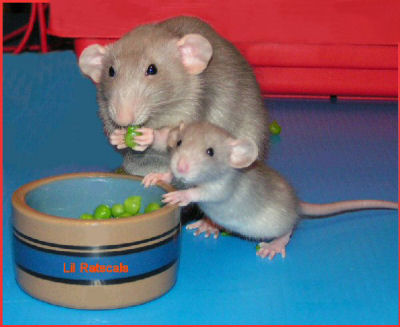
 I recently did get the pleasure of treating a ferret although it took three of us juggling him and a bottle of ferratone (very addictive liquid ferret food-that is if you are a ferret) to keep the needles in. Boy did the dogs I treated that day enjoy tracing everywhere the ferret had been with their noses!
I recently did get the pleasure of treating a ferret although it took three of us juggling him and a bottle of ferratone (very addictive liquid ferret food-that is if you are a ferret) to keep the needles in. Boy did the dogs I treated that day enjoy tracing everywhere the ferret had been with their noses!
 We are so very thankful to have our fuzzy friend Mel still in our lives. You never realize how fragile life is until you see your dog laid out on the table and know that there is a less than 50% chance that you will never be able to look into his eyes again and tell him you love him. Watching his chest rise and hearing his heart beat but knowing that he is one wrong move away from death.
We are so very thankful to have our fuzzy friend Mel still in our lives. You never realize how fragile life is until you see your dog laid out on the table and know that there is a less than 50% chance that you will never be able to look into his eyes again and tell him you love him. Watching his chest rise and hearing his heart beat but knowing that he is one wrong move away from death.
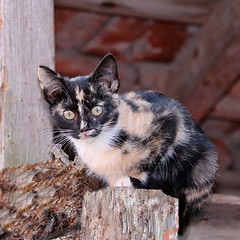
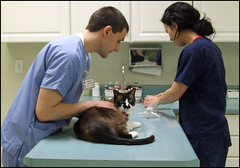


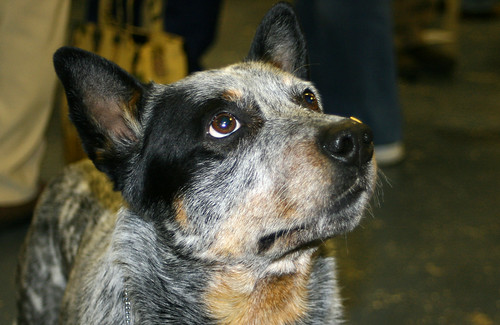


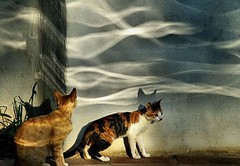
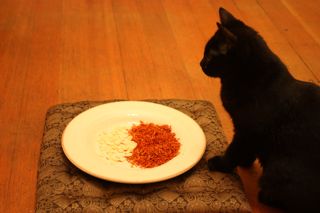 On Mondays, I descend down into the basement to disappear into my world of herbs. Once there I spend a couple hours smelling, touching and tasting, to create formulas to help the animals I work with. As I work I can hear the ancient wisdom of the past herbal masters whispering to me and feel the vibrations of these plants, many which were on this planet before us. To me working with these herbs is like cooking, only I am making up a recipe for healing by harnessing the amazing powers of these living things.
On Mondays, I descend down into the basement to disappear into my world of herbs. Once there I spend a couple hours smelling, touching and tasting, to create formulas to help the animals I work with. As I work I can hear the ancient wisdom of the past herbal masters whispering to me and feel the vibrations of these plants, many which were on this planet before us. To me working with these herbs is like cooking, only I am making up a recipe for healing by harnessing the amazing powers of these living things.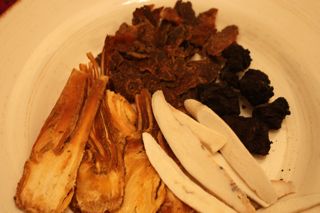 One of my clients is a paralyzed dachshund. Making up a formula for him, I call upon four of my favorite herbs to form a blood tonic. The four are all roots – foxglove, peony, Chinese angelica, and lovage – and are earthy and strong. I love to tea these in the winter and sit on my window seat sipping the strong rich tea they make. I can feel how these herbs work to strengthen me from the inside so that I have the energy to heal. This is what I want for this little dog.
One of my clients is a paralyzed dachshund. Making up a formula for him, I call upon four of my favorite herbs to form a blood tonic. The four are all roots – foxglove, peony, Chinese angelica, and lovage – and are earthy and strong. I love to tea these in the winter and sit on my window seat sipping the strong rich tea they make. I can feel how these herbs work to strengthen me from the inside so that I have the energy to heal. This is what I want for this little dog. Most of these dachshunds have closed channels because of traumatic disc injury. I can tonify the blood all I want but it is like trying to send water down a plugged hose. I add a handful of earthworms into this formula, which the Chinese say get into the blood channels and wiggle them open like a roto rooter opening a clogged drain.
Most of these dachshunds have closed channels because of traumatic disc injury. I can tonify the blood all I want but it is like trying to send water down a plugged hose. I add a handful of earthworms into this formula, which the Chinese say get into the blood channels and wiggle them open like a roto rooter opening a clogged drain.

